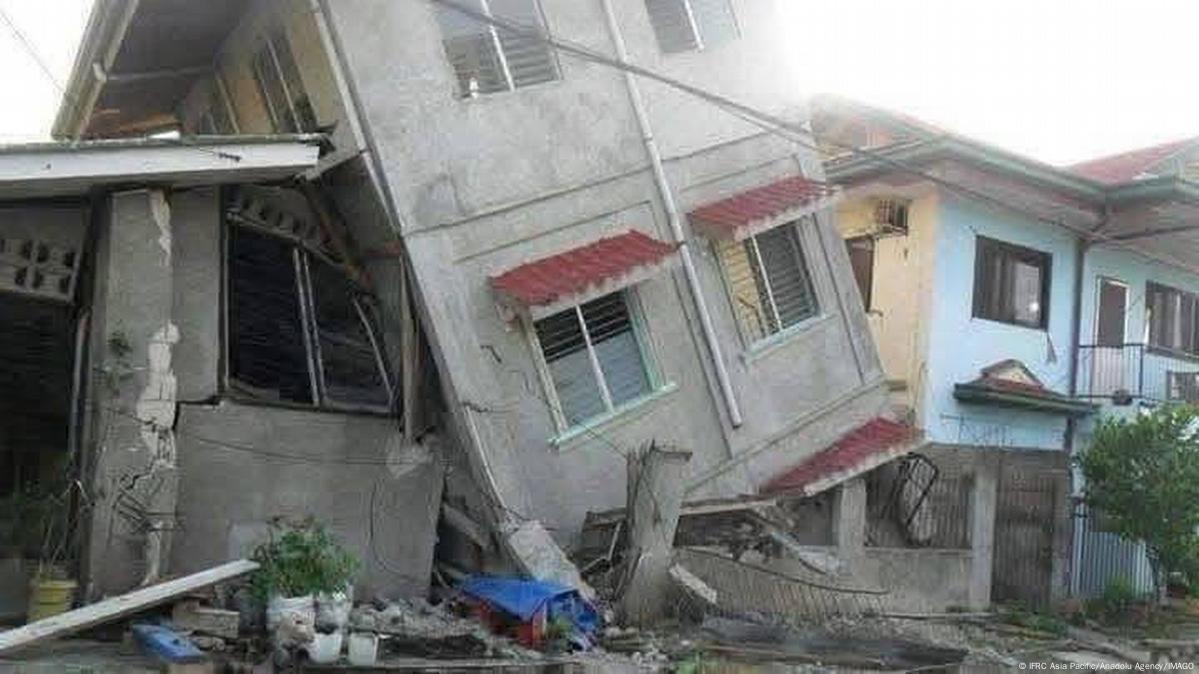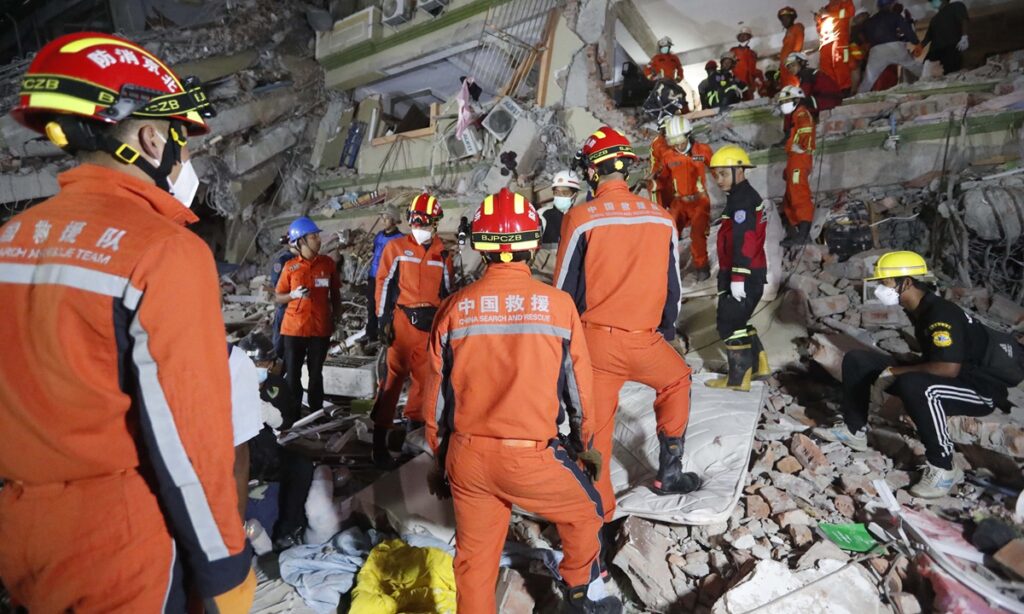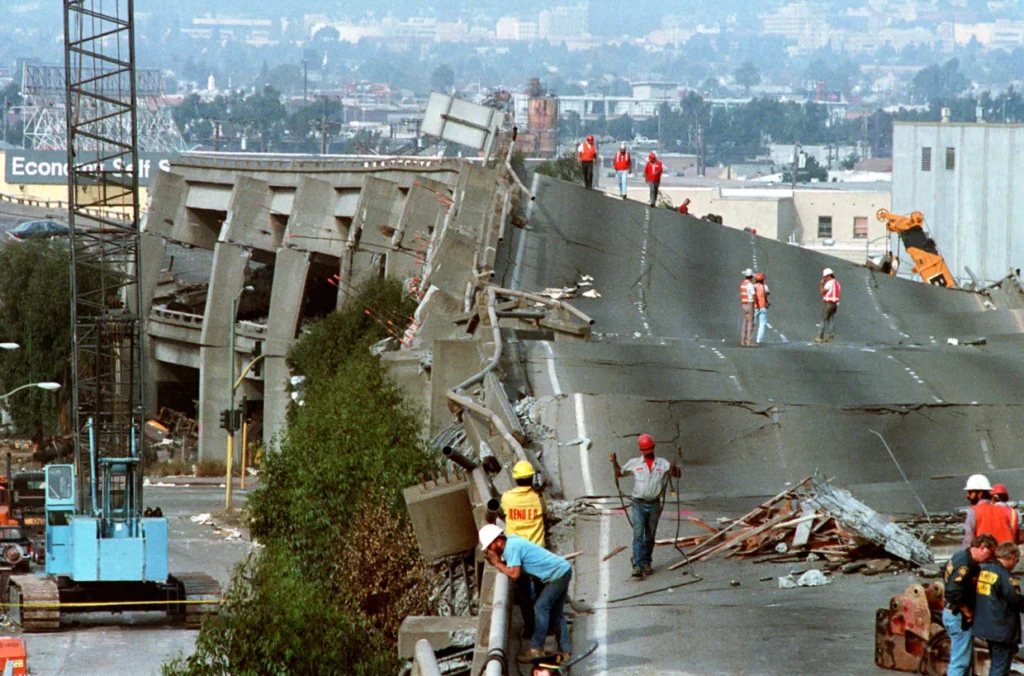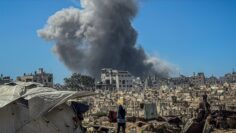
When the Ground Moves: Lessons from the Twin Earthquakes in the Philippines
Introduction
The Philippines sits on the edge of the Pacific “Ring of Fire”—a beautiful, dangerous place where the earth sometimes shifts with terrifying force. This week, southern Mindanao was rocked by twin earthquakes, a 7.4 and a 6.9, leaving devastation and stories of hope in their wake.
What Happened: Shaking, Survivors, and Tsunami Warnings
On an ordinary Friday morning, the ground rumbled and windows shattered. The first quake, powerful and deep, was soon followed by another strong tremor hours later. Sirens blared as officials warned of possible tsunamis, urging residents to move to higher ground.
- At least six were killed, including patients who died when power flickered out at area hospitals.
- Hundreds injured as homes collapsed and roads cracked open.
- Schools closed, and panic spread quickly, but so did the spirit of togetherness.

How Did Communities Respond?
Disaster brings out the best and the bravest.
- First responders worked nonstop to rescue trapped residents.
- Local authorities coordinated the distribution of food and water, even while mourning losses in their own families.
- Students and teachers worked together to transform classrooms into shelters.
One resident, 46-year-old Richie Diuyen, remembered, “We couldn’t stand. This is the strongest quake I have ever felt.” Stories like hers remind us that, even in fear, people found ways to help.
Why Are Earthquakes So Common Here?
Sitting atop two major tectonic plates, earthquakes are a fact of life in the Philippines. The challenge is not just preparation, but making sure building practices keep up with lessons learned after every disaster.
- Modernized building codes have saved lives, but some areas still struggle with outdated structures.
- Natural hazards cascade: This week’s quakes followed recent floods and typhoons, stretching resources thin.
Moving Forward: Lessons, Recovery, and Hope
Even as aftershocks roll through, communities are turning from rescue to rebuilding. Government and NGOs promise aid, but locals know the most important asset is the Filipino spirit—a tradition of bayanihan, or community support.
Volunteers are setting up mental health aid for children, and local businesses are donating supplies for those who lost homes. The path to full recovery will be long, but one thing is clear: resilience is in abundant supply.
Conclusion: Making Meaning from the Shaking
Natural disasters can bring devastation—but also a renewed sense of unity. As the Philippines recovers, it shows once again that hope, courage, and community matter as much as bricks and mortar.









